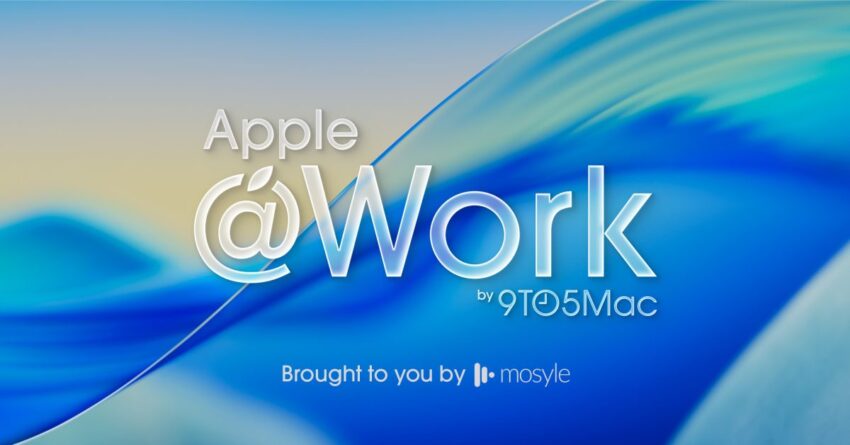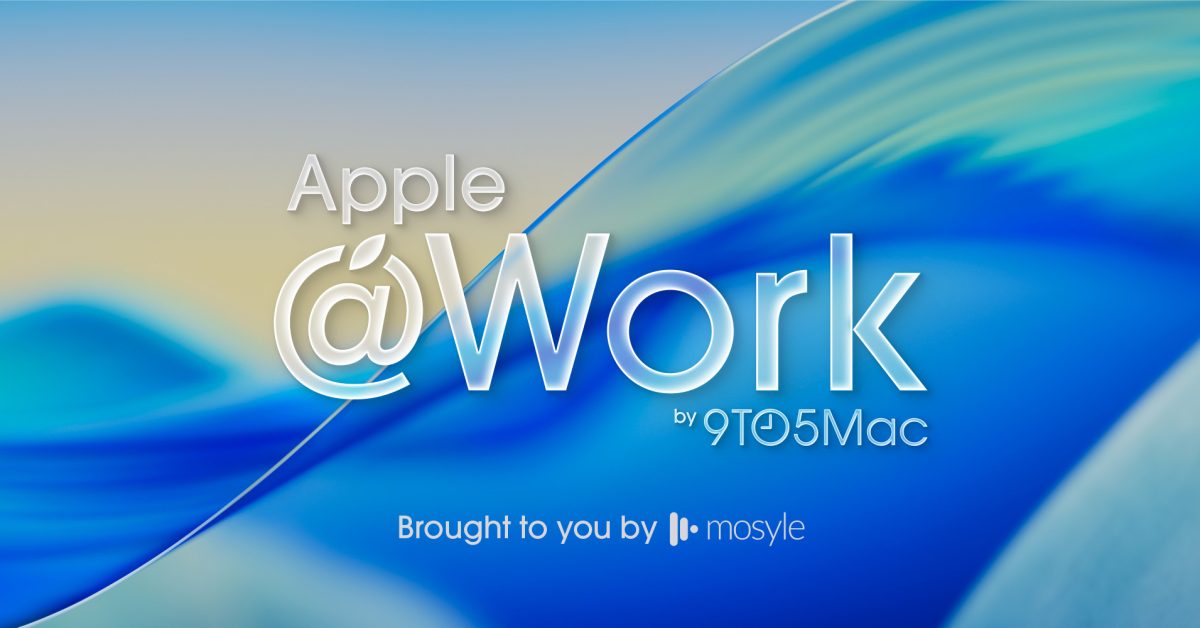
apple work how apple vision pro is Apple Vision Pro is emerging as a transformative tool in healthcare, particularly for individuals with severe disabilities, by utilizing non-invasive brain-computer interfaces.
apple work how apple vision pro is
Introduction to Apple Vision Pro
Launched with much fanfare, Apple Vision Pro has primarily been associated with entertainment and productivity applications. However, its potential in the healthcare sector is garnering attention for its innovative approach to accessibility. This device is not just a technological marvel; it represents a significant leap forward in how we can assist individuals with disabilities, particularly those affected by conditions such as Amyotrophic Lateral Sclerosis (ALS), spinal cord injuries, and stroke-related impairments.
Understanding Non-Invasive Brain-Computer Interfaces
Non-invasive brain-computer interfaces (BCIs) are systems that allow for direct communication between the brain and external devices without the need for surgical implants. These interfaces typically rely on technologies such as electroencephalography (EEG) to detect brain activity and translate it into commands that can control computers or other devices. The integration of BCIs with eye-tracking technology and artificial intelligence (AI) creates a powerful tool for enhancing communication for those with severe disabilities.
How Apple Vision Pro Utilizes BCI Technology
The Apple Vision Pro leverages advanced sensors and cameras to capture both eye movements and brain signals. This dual capability enables users to interact with digital environments in ways that were previously unimaginable. For instance, individuals with ALS, who may have lost the ability to speak or move, can use their eye movements to select options on a screen, while their brain signals can be interpreted to facilitate more complex interactions.
Clinical Study by Cognixion
A recent clinical study conducted by Cognixion is at the forefront of exploring the capabilities of Apple Vision Pro in healthcare settings. This study aims to evaluate how individuals with severe motor impairments can communicate effectively using a combination of brain signals, eye tracking, and AI. By analyzing brain activity patterns, researchers hope to develop a system that allows for more intuitive and responsive communication methods.
Implications for Patients and Healthcare Providers
The implications of this technology are profound. For patients, the ability to communicate more effectively can significantly enhance their quality of life. Communication is a fundamental human right, and for those who have lost the ability to speak or move, finding alternative methods to express thoughts and needs is crucial. The integration of BCI technology with Apple Vision Pro could provide a lifeline for many, allowing them to engage more fully with their families, caregivers, and the world around them.
Enhancing Independence
One of the most significant benefits of using Apple Vision Pro in conjunction with BCI technology is the potential for increased independence among users. Many individuals with severe disabilities rely heavily on caregivers for communication and daily tasks. By enabling users to interact with devices and applications independently, Apple Vision Pro could empower them to take control of their own lives to a greater extent. This independence can lead to improved mental health and overall well-being.
Training and Adaptation
While the technology holds great promise, it is essential to recognize that training and adaptation will be necessary for both users and healthcare providers. Individuals with disabilities may require time to learn how to effectively use the device, and healthcare providers will need to be trained in how to implement and support this technology in clinical settings. Ongoing research and development will be crucial to ensure that the technology is accessible and user-friendly for all potential users.
Stakeholder Reactions
The introduction of Apple Vision Pro into the healthcare landscape has elicited a variety of reactions from stakeholders, including patients, healthcare providers, and technology experts.
Patient Perspectives
For many patients, the prospect of using Apple Vision Pro to communicate is both exciting and hopeful. Individuals who have faced challenges in expressing themselves due to physical limitations are eager to explore how this technology can enhance their ability to connect with others. Testimonials from early users highlight the emotional impact of being able to communicate more effectively, as well as the newfound sense of autonomy that comes with it.
Healthcare Provider Insights
Healthcare providers are cautiously optimistic about the potential benefits of Apple Vision Pro. Many recognize the importance of integrating technology into patient care but also express concerns about the learning curve associated with new devices. Training programs and support systems will be essential to ensure that healthcare professionals can effectively utilize this technology to benefit their patients.
Technology Experts’ Views
Experts in the field of assistive technology are closely monitoring the developments surrounding Apple Vision Pro and its applications in healthcare. Many believe that this technology could pave the way for further innovations in accessibility, potentially leading to new solutions for individuals with various disabilities. However, they also emphasize the need for rigorous testing and validation to ensure that the technology is safe and effective for all users.
Challenges and Considerations
Despite the promising potential of Apple Vision Pro, several challenges must be addressed before it can become a mainstream solution in healthcare settings.
Technical Limitations
While the technology is groundbreaking, it is not without its limitations. The accuracy of brain signal interpretation can vary significantly among individuals, and factors such as fatigue or emotional state can impact performance. Ongoing research will be necessary to refine the algorithms used to interpret brain signals and improve the overall user experience.
Cost and Accessibility
Another significant consideration is the cost of implementing this technology in healthcare settings. While Apple Vision Pro offers advanced capabilities, the price point may be prohibitive for some healthcare providers, particularly smaller clinics or those in underserved areas. Ensuring that this technology is accessible to all individuals who could benefit from it will be a critical challenge moving forward.
Ethical Considerations
As with any emerging technology, ethical considerations must be taken into account. Issues surrounding privacy, data security, and informed consent are paramount when dealing with sensitive brain data. Developers and healthcare providers must work together to establish guidelines and best practices to protect users’ rights and ensure that the technology is used responsibly.
The Future of Accessibility with Apple Vision Pro
The future of accessibility in healthcare is bright, particularly with the advent of technologies like Apple Vision Pro. As research continues and the technology evolves, we can anticipate a range of new applications that could further enhance the lives of individuals with disabilities.
Potential for Broader Applications
While the current focus is on communication for individuals with severe disabilities, the potential applications of Apple Vision Pro extend far beyond this. Future developments may include enhanced control of smart home devices, improved interaction with educational tools, and even applications in mental health therapy. The versatility of the technology could lead to a wide array of solutions that cater to various needs.
Collaboration Across Sectors
Collaboration between technology companies, healthcare providers, and advocacy groups will be essential to maximize the impact of Apple Vision Pro in the healthcare sector. By working together, stakeholders can ensure that the technology is developed with the needs of users in mind, leading to more effective and meaningful solutions.
Conclusion
Apple Vision Pro represents a significant advancement in the realm of assistive technology, particularly through its integration with non-invasive brain-computer interfaces. As clinical studies like those conducted by Cognixion continue to explore its potential, the implications for individuals with disabilities are profound. With ongoing research, training, and collaboration, Apple Vision Pro could redefine accessibility and empower individuals to communicate and interact with the world in new and meaningful ways.
Source: Original report
Was this helpful?
Last Modified: November 9, 2025 at 7:40 am
2 views















